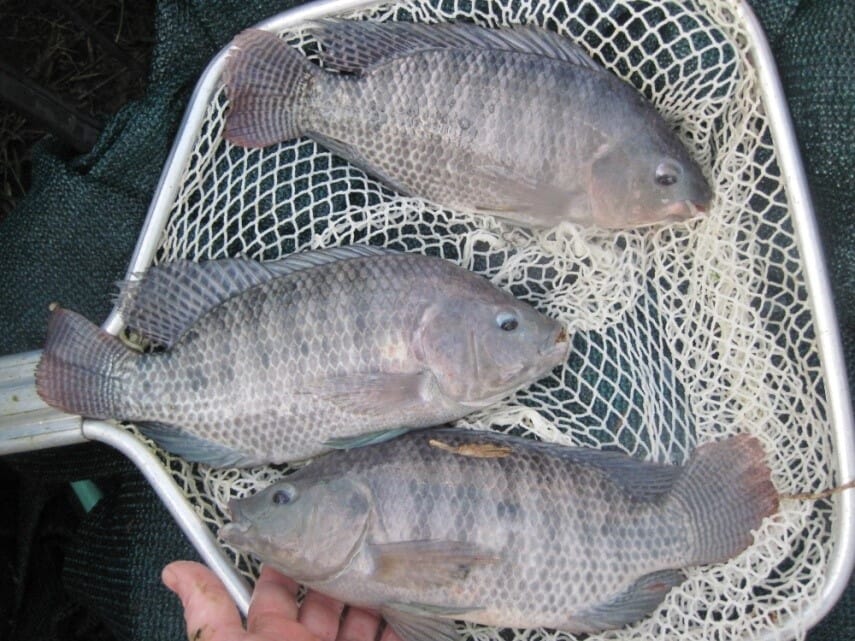A new disease known as early mortality syndrome or "EMS" currently causes $ 1 billion in shrimp mortality in Asia every year. EMS outbreaks occur during the first 30 days of production in shrimp ponds and can cause up to 70% in losses.
Mexico has lost 20, 000 metric tons due to recent disease problem and in some areas hardest hit, production has been reduced by 80%. In 2013, EMS was predicted to travel south to Central America as it is caused by a virulent form of bacteria already present in the environment which is infected by a specific virus. This combination of bacteria and virus is what causes EMS.
As of June, 2015, the new disease EMS has been confirmed in the countries of Nicaragua and Honduras. According to more recent reports EMS or now known as Acute HepatoPancreas Necrosis Disease (AHPND) has affected every shrimp farm in Belize except one.
Will this disease make its way to Panama? According to the experts, it is very likely. However, there is a viable and profitable solution. New technology created by Panamanian resident and scientist, Dr Bill McGraw , will provide a biosecure, zero water exchange system for growing shrimp that has a zero percent chance of being affected by any disease currently decimating many areas of shrimp farming in Central America and throughout the world.
Over $20 million has been spent in continuing research over the past 25 years in the US and overseas, working with the company Spirit Sustainable Resources International, with headquarters in Texas, US.
This system has been proven to be very efficient, economically viable, robust, and most importantly, free of disease during its use for 4 years in the province of Chiriqui, Panama, and 3 years in overseas countries.

There are no herbicides, pesticides and all plants and animals are non-GMO and organically produced. Unlike most shrimp produced worldwide, there are no antibiotics used and there are no plans to include chemicals in processing shrimp. And unlike any shrimp produced in the US and Panama, shrimp production will be conducted 365 days per year under greenhouse.
The system uses lined ponds and recycles shrimp waste in a recirculation system that feeds edible plants and fish and is entirely self contained. A farm composed of commercial modules covering 40 ha could produce as much shrimp as is currently grown in all of Panama and provide 1000's of jobs in the Chiriqui province.

The new farming method does not have any impact upon the environment, as it does not release any nutrient rich water from shrimp ponds. The system is entirely biosecure, as it does not bring in any new replacement water and is contained, with no possible way for disease to be introduced into the shrimp culture facility.
For more information regarding investment opportunities visit www.investpanamanewshrimptechnology.com, www.newaquatechpanama.com, contact Dr Bill McGraw @ drbillmcgraw@investpanamanewshrimptechnology.com, 6205-1605, Jim Reynolds, CEO, Spirit Energy LLC, 903 527-3500, jreynolds@spiritenergyllc.com


